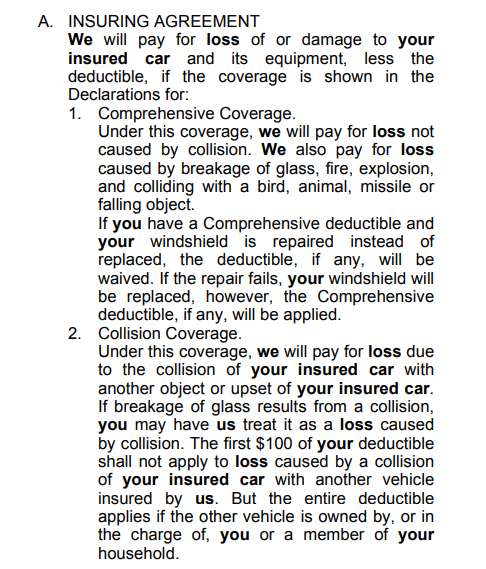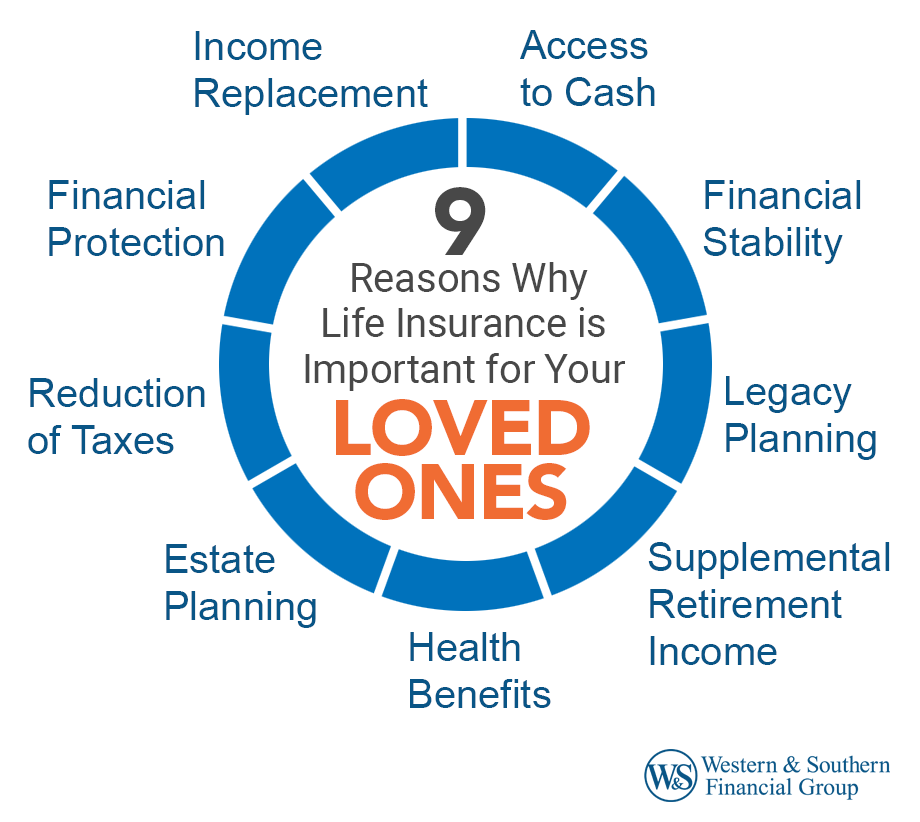The smart Trick of Pacific Prime That Nobody is Discussing
The smart Trick of Pacific Prime That Nobody is Discussing
Blog Article
All about Pacific Prime
Table of ContentsThe smart Trick of Pacific Prime That Nobody is Discussing10 Easy Facts About Pacific Prime ShownAll About Pacific PrimeGetting My Pacific Prime To WorkThe 6-Second Trick For Pacific Prime

This is because the information were accumulated for a duration of solid financial efficiency. Of the estimated 42 million people who were without insurance, all however about 420,000 (regarding 1 percent) were under 65 years old, the age at which most Americans end up being qualified for Medicare; 32 million were adults between ages 18 and 65, around 19 percent of all grownups in this age; and 10 million were children under 18 years old, about 13.9 percent of all kids (Mills, 2000).
These price quotes of the number of persons without insurance are generated from the annual March Supplement to the Present Populace Survey (CPS), performed by the Census Bureau. Unless otherwise kept in mind, nationwide estimates of individuals without medical insurance and percentages of the population with different type of protection are based on the CPS, one of the most widely utilized source of quotes of insurance protection and uninsurance rates.
Facts About Pacific Prime Revealed

Still, the CPS is specifically valuable due to the fact that it generates yearly estimates relatively rapidly, reporting the previous year's insurance coverage approximates each September, and due to the fact that it is the basis for a regular collection of estimates for more than 20 years, permitting analysis of trends in coverage over time. For these factors, as well as the comprehensive use of the CPS in various other research studies of insurance protection that exist in this report, we depend on CPS price quotes, with restrictions noted.

The estimate of the variety of uninsured people increases when a population's insurance standing is tracked for numerous years. Over a three-year period beginning early in 1993, 72 million individuals, 29 percent of the U.S. https://pacific-prime.jimdosite.com/. populace, were without insurance coverage for at the very least one month. Within a single year (1994 ), 53 million people experienced at least a month without insurance coverage (Bennefield, 1998a)
Six out of every ten uninsured adults are themselves employed. Functioning does enhance the possibility that one and one's household members will have insurance policy, it is not a guarantee. Also members of families with 2 full-time breadwinner have practically a one-in-ten opportunity of being without insurance (9.1 percent uninsured price) (Hoffman and Pohl, 2000).
The Facts About Pacific Prime Revealed
New immigrants represent a considerable proportion of people without medical insurance. One evaluation has actually connected a significant section of the current growth in the dimension of the U.S. without insurance populace to immigrants that got here in the nation in between 1994 and 1998 (Camarota and Edwards, 2000). Current immigrants (those that concerned the USA within the past 4 years) do have a high price of being without insurance (46 percent), however they and their children account for just 6 percent of those without insurance coverage country wide (Holahan et al., 2001).
The partnership in between medical insurance and access to care is well established, as documented later in this chapter. Although the connection between health and wellness insurance policy and wellness end results is neither straight neither straightforward, a comprehensive scientific and health and wellness solutions research study literary works links medical insurance protection to better accessibility to care, far better top quality, and boosted individual and populace health and wellness condition.
Levels of evaluation for checking out the results of uninsurance. This conversation of health insurance policy protection focuses primarily on the united state populace under age 65 because practically all Americans 65 and older have Medicare or other public protection. Moreover, it focuses specifically on those without any medical insurance for any type of size of time.
Everything about Pacific Prime
The troubles dealt with by the underinsured are in some aspects similar important site to those faced by the without insurance, although they are usually much less extreme. Health and wellness insurance policy, nonetheless, is neither needed nor adequate to acquire access to medical solutions. The independent and straight impact of health insurance policy protection on access to health and wellness services is well developed.
Others will acquire the health and wellness care they need even without health insurance policy, by spending for it out of pocket or seeking it from providers who provide care free or at very subsidized rates. For still others, medical insurance alone does not ensure invoice of care due to the fact that of other nonfinancial obstacles, such as an absence of healthcare providers in their neighborhood, limited accessibility to transport, illiteracy, or etymological and social distinctions.
What Does Pacific Prime Do?
Formal research study concerning uninsured populations in the USA dates to the late 1920s and early 1930s when the Board on the Price of Healthcare generated a collection of records regarding funding doctor workplace sees and hospitalizations. This concern ended up being salient as the numbers of clinically indigent climbed during the Great Clinical depression.
Report this page